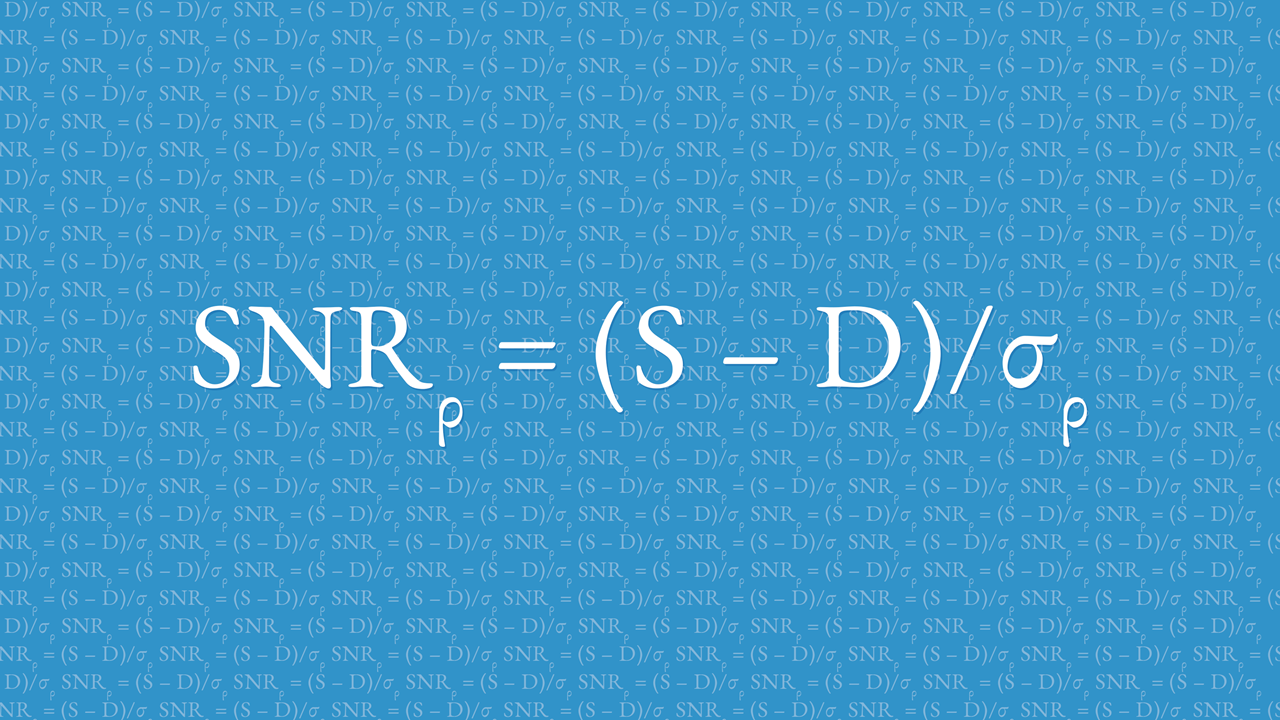Subscribe to Our Blog
Receive updates from our team as we share application notes, customer spotlights, educational tools, spectroscopy how-to’s, and more.

The new High Speed Averaging Mode improves signal to noise ratio (SNR) in Ocean SR2 and other new spectrometers using hardware-accelerated signal averaging. With better SNR comes higher quality spectra and more accurate results.
High Speed Averaging Mode (HSAM) is a new function that offers spectrometer users a novel method to dramatically enhance SNR in Ocean Optics spectrometers. To take advantage of HSAM for your application, you must have these items as part of your spectrometer setup:
In addition, you will need OceanView, which is the basic desktop spectroscopy software for Ocean Insight spectrometers.
Before we get into the details of HSAM, let’s briefly review SNR, its importance, and the steps users can take to improve SNR in their measurements.
Among the criteria most commonly associated with superior spectrometer performance is signal to noise ratio (SNR), which is the ratio of spectrometer’s mean signal level (maximum signal level before saturation occurs) to its RMS (root mean squared) noise level.
SNRρ = (S – D)/σρ
where,
SNR = signal to noise ratio
S = mean intensity of the samples (with light)
D = mean of dark (no light)
σ = standard deviation of samples (with light)
ρ = pixel number
In managing SNR, minimizing noise levels can be especially challenging. Noise is an unavoidable physical phenomenon primarily associated with the spectrometer’s electronics and can be problematic. For example, measurements of signal spectra very close to the noise floor are degraded in accuracy, as a result of the random nature of noise being superimposed on the small signal of interest. Conversely, the higher the SNR, the less the spectra will be degraded by unwanted noise -- reducing uncertainty and providing more accurate results.
Optimizing SNR is vital when making measurements in applications that require high accuracy – for example, certain absorbance concentration measurements -- particularly when the level of incident light on the detector is low as a result of low reflectivity, low transmission, or other similar factors that limit incident light or integration time.
Get additional detail on High Speed Averaging Mode. Download Now!
Depending on your application, SNR can be optimized by tweaking various parts of your spectrometer setup, including increasing your light source intensity, using a large-diameter fiber to bring more light to the sample, and increasing the integration time of the detector (a caveat: longer integration times absent thermoelectric cooling and other measures can lead to more noise).
(Taking steps to minimize noise is another strategy to improve SNR, but that’s an issue rich in detail that warrants its own blog post at a later date.)
SNR also can be improved by using different types of signal averaging. For time-based averaging, the SNR will increase by the square root of the number of spectral scans used. SNR of 300:1, for example, will become 3000:1 if 100 scans are averaged. For spatially based averaging (boxcar), the SNR will increase by the square root of the number of pixels averaged.
Our focus here is signal averaging to improve SNR, traditionally achieved by averaging spectra in software on the host computer. Compared with the HSAM hardware-accelerated averaging capability available in Ocean SR2, typical averaging techniques require significantly more time to compute the equivalent number of averages. In a given period of time the Ocean SR2, when used with OceanDirect, will perform significantly more spectral averages and yield a far superior SNR per unit time. This is especially important for time-critical or real-time applications, where decisions must be made very quickly and with high accuracy.
The powerful hardware capability of HSAM can considerably enhance SNR for your existing applications and make possible new applications that previously seemed unrealistic.
Consider the difference in SNR for an Ocean SR2 spectrometer with and without HSAM. If you compare a hypothetical Ocean SR2 value for a single spectra with an Ocean SR2 coupled with OceanDirect and hardware-accelerated averaging, there’s a 3x per second SNR improvement.
| Metric | Single Scans | High Speed Averaging Mode | Ratio |
| Frame rate | 484 | 4,558 | 9.4 |
SNR improvement = √9.4 ≈ 3x
If you’re unfamiliar with triggering, it’s an action that causes the spectrometer to start an acquisition cycle after a user-defined acquisition delay has elapsed. While there are different types of triggering possible with Ocean SR2, we’re interested in Software Triggering, which is the only triggering mode that supports HSAM.
Here’s how it works: A trigger is initiated internal to the spectrometer with a command from OceanDirect. (OceanView and OmniDriver can also initiate a Software Trigger, but they do not support HSAM.) The integration period is set by software configuration and the acquisition mode is set to High Speed Averaging Mode. Once a command is sent to the spectrometer, an internal trigger is generated that begins an integration cycle. HSAM will then generate n integration periods with the spectral data being an average of the spectral values for each of the n integration cycles. The spectral data is available after the last integration period and a specific busy time.
For additional details on utilizing HSAM, consult the technical note.
Options available
OceanDirect is a powerful device driver platform with API for control of Ocean Insight spectrometers.
Prices From $625.00
Compact spectrometers offer rapid acquisition and high SNR for high light level applications including LED/laser characterization.1
Compact spectrometer offers rapid acquisition and high SNR for high light level applications including LED/laser characterization.
Compact spectrometer offers rapid acquisition and high SNR for high light level applications including LED/laser characterization.
Helping you sort through spectroscopy and science terms, from aberration to wavelength range.
The new High Speed Averaging Mode enables incredible SNR performance in Ocean SR2 spectrometers using hardware-accelerated signal averaging.

Receive updates from our team as we share application notes, customer spotlights, educational tools, spectroscopy how-to’s, and more.